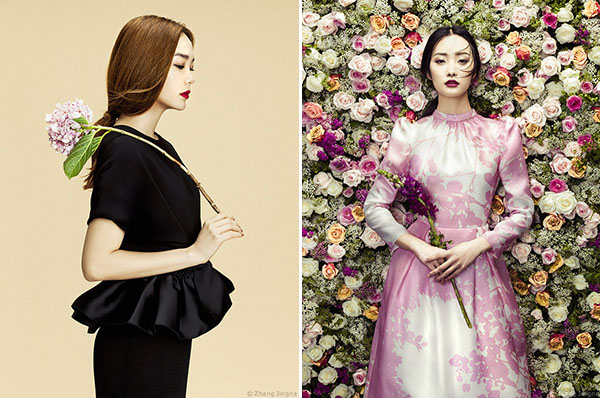Tips & Tricks

Two For The Price Of One
Photograpy Techniques How To |
Every piece of photography equipment has obvious uses and benefits. A telephoto lens makes far away subjects appear a lot closer, but did you know it exaggerates compression so subjects that are far apart from each other have the look of being much closer? Wide-angle lenses allow photographers who work in tight quarters to include a lot more in the composition, but they can exaggerate the size of small foreground objects and make them appear significantly larger. For example, a small group of flowers in a landscape can be made to appear bigger if the photographer gets close to them and includes the distant landscape in the composition. It’s nice to know the equipment you already own can have multiple uses. It’s sort of like getting free gear. I want to share a few of my favorite bonuses so you can feel as if you just got something for nothing or, as I’ve titled this tip, Two For The Price Of One.
 |
The Polarizer: The primary reason most photographers purchase a polarizer is to darken a blue sky and to make clouds pop. Aim your lens 90 degrees to the sun to obtain maximum polarization—basically, think about making the photo at a right angle to the sun. Landscape photographers utilize polarizers quite often. But did you know that a polarizer has other uses? It can be used to eliminate reflections from shiny objects that may otherwise act as a distraction. Reflections on a window’s or water’s surface can be eliminated. It also acts to remove glare from leaves to allow their color to come through. That’s why they’re used for autumn landscapes. A polarizer also provides neutral density, which allows the use of slower shutter speeds to create special effects or to control depth of field—many uses from a single piece of equipment. If you’re left saying, “I didn’t know that,” you just got something for nothing.
 |
 |
The White Reflector: The most common use of a white reflector is to add light into shadow areas to reveal more detail. The reason white is used is that it creates a soft source and the light is neutral in color. But reflectors come in all shapes, sizes and colors. It’s more and more common for reflectors to be sold as a “kit.” They’re basically a 5-in-1 setup. The two most popular are gold and silver. The shiny gold surface reflects warm light, while the shiny silver surface creates a cool, hard light. If you want the light to look more edgy, use the silver instead of the white. The two less frequently used surfaces are the translucent white and pure black. The translucent white is used to create diffused light. It’s placed in between the subject and the source of light. Depending on its size, it’s great to use for head shots of people or portraits of flowers. The black surface is used to subtract light. Bounce black light back onto the subject to soften the contrast of a hard light source. If you’re left saying, “I didn’t know that,” you just got something for nothing.
 |
 |
Your Flash: The obvious use of a flash is to add light to a situation where it’s dark so a photo can be made. Nighttime shots, interiors and birthday parties all come to mind. But did you know that a flash should be used even when the sun is shining brightly? A somewhat common use of flash outdoors is called fill flash. When the sun is bright, it creates a lot of contrast. This translates to deep shadows that reveal little or no detail. If you use a flash to add light to those areas, detail is revealed, which softens the contrast. A not-so-common use of outdoor flash is to use it as a main light. Take note of the accompanying before-and-after images of the Japanese maple. In the before image, the foreground side of the trunk is in deep shadow and the branches and mossy grass are dim. I attached a flash to my hot shoe and dialed the power up to +1 stop. The flash added illumination to the shadowed areas revealing detail, texture and color. The reason I dialed in +1 is I set my aperture to ƒ/14 to obtain necessary depth of field, and the flash at this aperture looked weak. +1 provided a bit more output and proved to be a great mix with the ambient light. If you’re left saying, “I didn’t know that could be done,” you just got something for nothing.
Visit www.russburdenphotography.com for information about his nature photography tours.















